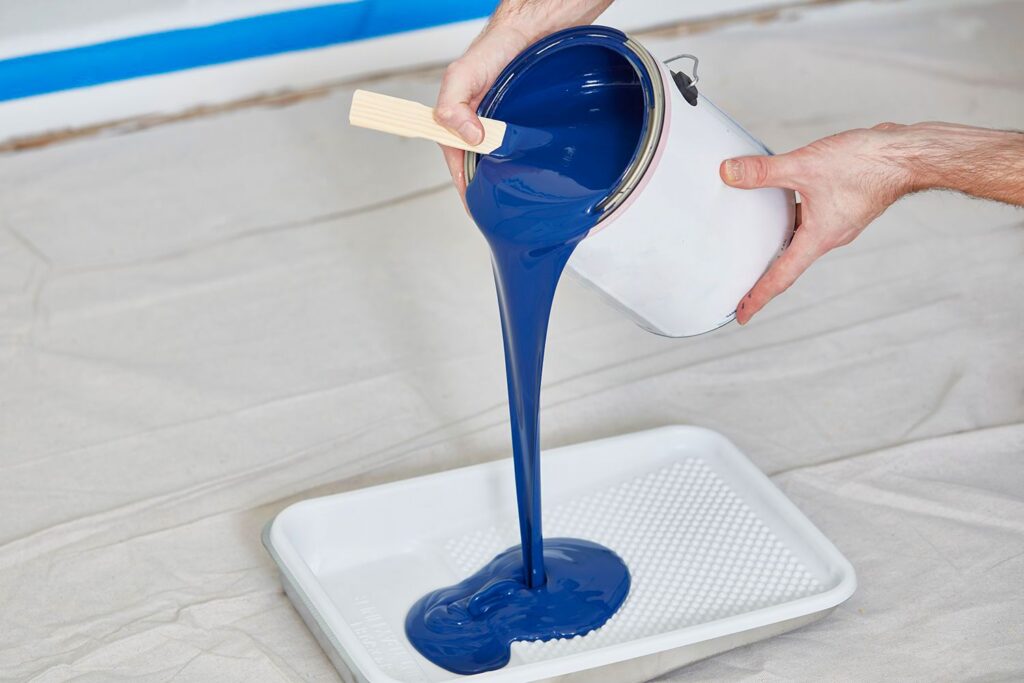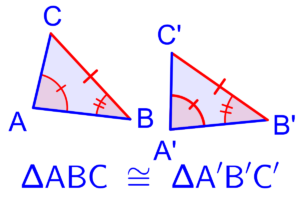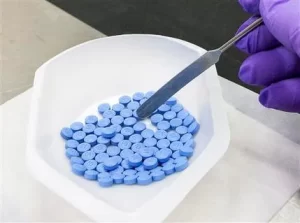
Conquering Coverage: How Much Paint Does a Quart Really Cover?
So, you’ve decided to embark on a painting project! It’s an exciting prospect, transforming a space with a fresh coat of color. But before unleashing your inner artist, a crucial question arises: how much paint do you actually need? Fear not, paint warriors! This comprehensive guide delves into the world of paint coverage, equipping you to estimate paint needs with confidence.
We’ll break down the following key areas:
- Understanding Paint Coverage per Quart: A solid foundation for planning your project.
- The Chameleons of Coverage: Factors Affecting Paint Spread: Exploring the variables that influence how far a quart of paint will go.
- Calculating Your Paint Needs: A Step-by-Step Guide: Transforming measurements into paint quantities.
- Maximizing Coverage: Pro Tips for Using Paint Like a Pro: Strategies to minimize waste and achieve optimal results.
- Beyond the Quart: Paint Coverage by Container Size: Understanding options beyond quarts.
Understanding Paint Coverage per Quart: A Starting Point
As a general rule, a quart of paint can cover approximately 100 square feet with one coat. This estimation assumes you’re painting typical interior walls or ceilings with a standard roller and applying a moderate coat. However, it’s important to remember that this is just the tip of the iceberg.
The Chameleons of Coverage: Factors Affecting Paint Spread
Several factors can influence how far a quart of paint will stretch, turning it into a coverage chameleon:
- Paint Quality: Higher-quality paints often contain more pigment, leading to better coverage with fewer coats. They may seem pricier initially, but you might end up using less paint overall.
- Surface Texture: Rough or uneven surfaces, like textured walls or stucco, are paint sponges, soaking up more paint compared to smooth surfaces. Be prepared to factor in extra paint for these thirsty surfaces.
- Porosity of the Surface: Highly porous surfaces, like bare drywall, require more paint for the initial coat as they absorb more paint to achieve complete coverage. Consider using a primer to create a more uniform surface and reduce paint absorption.
- Color Choice: Darker colors are notorious for requiring more coats than lighter colors to achieve complete opacity. This is because lighter colors naturally reflect more light, requiring fewer coats to achieve a solid finish.
- Paint Application Technique: Using a thicker coat or a less efficient application method, like a brush on large areas, will decrease coverage compared to a thinner coat applied with a roller. Mastering proper rolling techniques can significantly impact paint usage.
Calculating Your Paint Needs: A Step-by-Step Guide
Ready to translate measurements into paint quantities? Here’s a step-by-step approach:
-
Measure the Area: Grab your measuring tape and calculate the square footage of the area you plan to paint. Multiply the wall height by the width to get the area of each wall. Don’t forget to factor in doors and windows! Subtract their individual areas from the total wall area for a more accurate estimate.
-
Consider the Number of Coats: Most projects require two coats for optimal coverage. This ensures a uniform finish and conceals the underlying surface effectively. Factor this in by multiplying the square footage by two.
-
Adjust for Coverage Factors: Based on the factors mentioned earlier (paint quality, surface texture, etc.), adjust your paint quantity estimation. If you’re unsure, it’s always better to err on the side of caution and add a buffer of 10-20%. Having a little extra paint is better than running out mid-project!
-
Factor in Paint Container Size: Paint is typically sold in quarts, gallons, and five-gallon buckets. Determine the most economical option for your project based on the calculated paint quantity.
Here’s an illustrative example:
Imagine you’re painting a room with dimensions of 10 feet x 12 feet, with a ceiling measuring 8 feet x 10 feet. There’s one doorway measuring 3 feet x 7 feet.
- Wall Area: 2(10 x 12) = 240 square feet (minus doorway: 240 sq ft – 21 sq ft = 219 sq ft)
- Ceiling Area: 8 x 10 = 80 square feet
- Total Area: 219 sq ft (walls) + 80 sq ft (ceiling) = 299 sq ft
- Considering two coats: 299 sq ft x 2 coats = 598 sq ft
Since you might be using standard paint on a smooth surface, a 10% buffer should suffice.
- Paint Required with Buffer: 598 sq ft x 1.1 = 657.8 sq ft
Looking at paint container sizes, a gallon of paint typically covers approximately 400 square feet. In this scenario, one gallon (with a slight leftover) would likely be sufficient for the project.
Remember: This is a simplified example. Always double-check your measurements and adjust for any unique project features, such as multiple paint colors or heavily textured walls.
Maximizing Coverage: Pro Tips for Using Paint Like a Pro
Now that you have the calculation basics down, let’s explore some pro tips to help you stretch your paint further and achieve optimal results:
- Prime Time: Using a primer helps create a uniform surface and reduces paint absorption, especially on porous surfaces like bare drywall. This can significantly reduce the amount of paint needed for the first coat.
- Patch and Repair: Address any holes, cracks, or uneven surfaces before painting. A smooth surface requires less paint to achieve a flawless finish.
- The Power of Protection: Utilize drop cloths and masking tape to minimize paint waste by protecting surfaces you don’t intend to paint. A little prevention goes a long way!
- Invest in Quality Tools: Good quality rollers with proper nap length and brushes specifically designed for paint application can significantly improve paint distribution and reduce splatter. The right tools make all the difference.
- Maintain Proper Paint Consistency: Follow the manufacturer’s instructions for thinning paint, if necessary. Using paint that’s too thick can lead to drips and uneven coverage, requiring more paint to achieve a desired finish.
- The Art of Rolling: Master proper rolling techniques. Apply paint in smooth, even strokes with moderate pressure to avoid overapplying paint.
Beyond the Quart: Paint Coverage by Container Size
Quarts are a great option for smaller projects or accent walls. But for larger projects, understanding paint coverage by other container sizes can be helpful:
- Gallons: As mentioned earlier, a gallon of paint typically covers around 400 square feet with one coat. This is a good choice for medium-sized rooms or projects requiring multiple coats.
- Five-Gallon Buckets: If you’re tackling a large space or a multi-room project, five-gallon buckets offer the most economical option per square foot of coverage. However, they’re a significant investment, so ensure you have enough storage space and can use the paint before it expires.
Conclusion
By understanding paint coverage per quart, the factors affecting it, and utilizing the calculation methods and pro tips provided, you’re well-equipped to estimate paint needs for your next project with confidence. Remember, a little planning goes a long way in saving you time, money, and those extra trips to the hardware store. Now, unleash your inner painter and transform your space with beautiful, long-lasting color!




